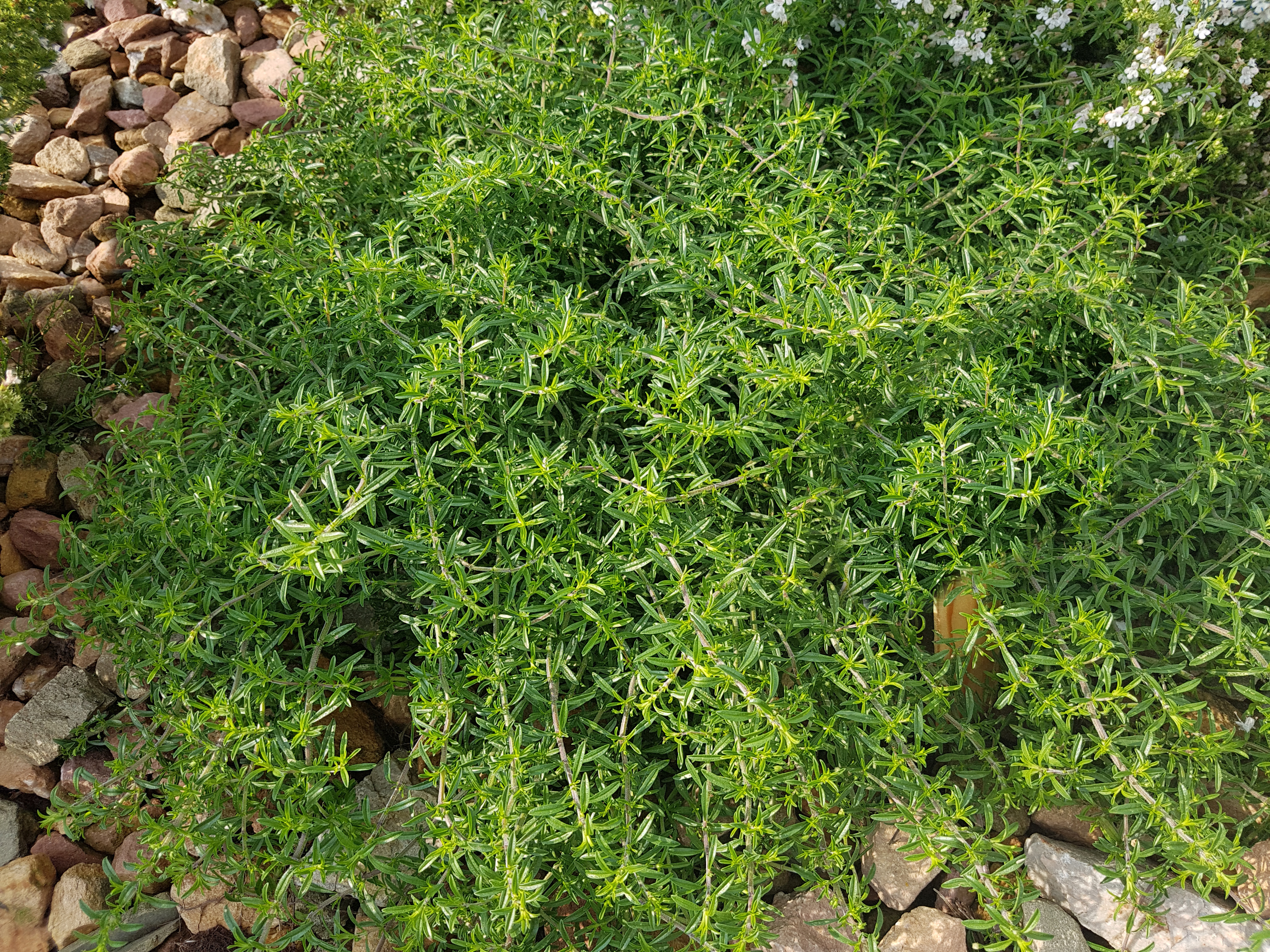Satureja spicigera
(Satureja spicigera)

Description
Satureja is a genus of aromatic plants of the family Lamiaceae, related to rosemary and thyme. It is native to North Africa, southern and southeastern Europe, the Middle East, and Central Asia. A few New World species were formerly included in Satureja, but they have all been moved to other genera. Several species are cultivated as culinary herbs called savory, and they have become established in the wild in a few places. Satureja species may be annual or perennial. They are low-growing herbs and subshrubs, reaching heights of 15–50 cm (5.9–19.7 in). The leaves are 1–3 cm (0.39–1.18 in) long, with flowers forming in whorls on the stem, white to pale pink-violet. Satureja is more commonly known as bean herb. Satureja species are food plants for the larva of some Lepidoptera (butterflies and moths). Caterpillars of the moth Coleophora bifrondella feed exclusively on winter savory (S. montana). Savory may be grown purely for ornamental purposes; members of the genus need sun and well-drained soil. Both summer savory (Satureja hortensis) and winter savory (Satureja montana) are used to flavor food. The former is preferred by cooks but as an annual is only available in summer; winter savory is an evergreen perennial. Savory plays an important part in Armenian, Georgian, Bulgarian and Italian cuisine, particularly when cooking beans. It is also used to season the traditional Acadian stew known as fricot. Savory is also a key ingredient in sarmale, a stuffed cabbage dish in traditional Romanian cuisine. The modern spice mixture Herbes de Provence has savory as one of the principal ingredients. In Azerbaijan, savory is often incorporated as a flavoring in black tea.
Taxonomic tree:







